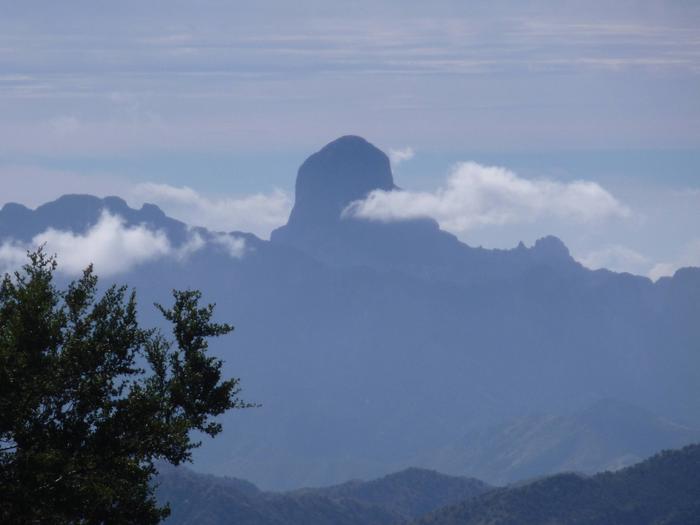Well done good servant!
Apr. 3rd, 2022 04:23 pmIn the Bible, there is a parable about a master who leaves his estate for a time. In his absence, he leaves his servants in charge to manage things. When he returned, one of the servants he threw out on his ass. However to the industrious servant, he said “Well done good servant!”. This strikes a chord… who doesn’t at least once in a while like to have one’s efforts acknowledged? One gets a feeling of satisfaction in this.
In the Essenes view, the role of “Me” to the cells in “my” body is quite analogous. The cells work with great industry, their nature to strive for perfection. They work against great difficulties, fighting against injury, adversaries, and the effects of entropy and time. So in the Essene’s view, the goal is to use “Our” thought to encourage the cells in their good efforts.
But this is not so easy.. I’m going to pick an easy target. The belly.
Many people would confess to disliking or even hating their belly, perhaps wishing it were smaller, perhaps just dumping in toxins that they choose not to express in words. Is it a wonder that the belly seizes up, hesitates to breath properly? The belly cells themselves might ask: “ A nice massage might be nice.. but least can you stop with the hatred and venom thoughts? It makes it very hard to work.” And perhaps freedom from such thoughts would allow for relaxation, comfort, breath to enter into their lives..
Can we even endeavor to be like a benevolent master to say to all of our hard working cells, one and all.. “Well done good servant!” and give them all equally the gift of our love and happy thoughts?
In the Essenes view, the role of “Me” to the cells in “my” body is quite analogous. The cells work with great industry, their nature to strive for perfection. They work against great difficulties, fighting against injury, adversaries, and the effects of entropy and time. So in the Essene’s view, the goal is to use “Our” thought to encourage the cells in their good efforts.
But this is not so easy.. I’m going to pick an easy target. The belly.
Many people would confess to disliking or even hating their belly, perhaps wishing it were smaller, perhaps just dumping in toxins that they choose not to express in words. Is it a wonder that the belly seizes up, hesitates to breath properly? The belly cells themselves might ask: “ A nice massage might be nice.. but least can you stop with the hatred and venom thoughts? It makes it very hard to work.” And perhaps freedom from such thoughts would allow for relaxation, comfort, breath to enter into their lives..
Can we even endeavor to be like a benevolent master to say to all of our hard working cells, one and all.. “Well done good servant!” and give them all equally the gift of our love and happy thoughts?

